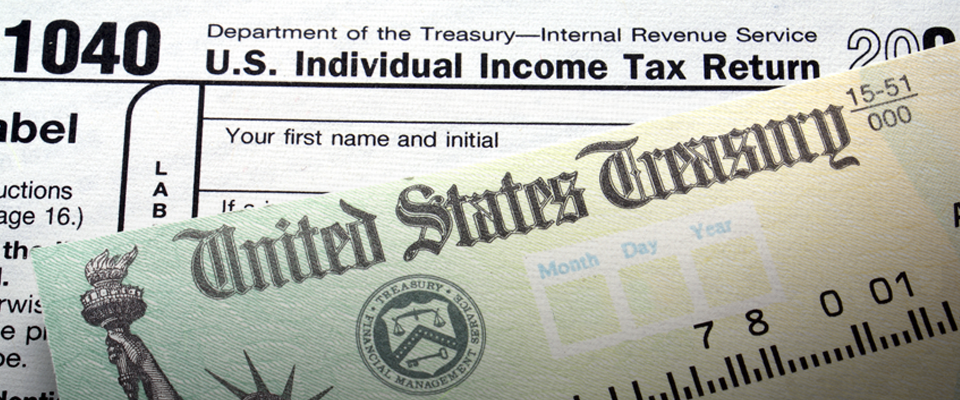Has the recent volatility in the market kept you up at night? Do you find yourself preoccupied with the market swings? If so, read on as we share insights and answers to common questions regarding risk tolerance and the role it should play when investing during times of market fluctuations.
Q. The volatile markets are unnerving. What are the most important things to consider when investing during market volatility?
A: The two areas that come to mind are risk tolerance and long-term goals. When it comes to investing, regardless of market conditions, you should always keep focused on your goals. It’s normal for people to get concerned in times of extreme circumstances. But, this concern should not translate to anxiety with investing – even in a season of market volatility. It’s good to remember your long-term investment goals and stick to it. Keep in mind that the S&P 500 has seen many market corrections over the last several decades, yet 30 of the last 40 years have brought a positive return.
Risk is another area investors need to know more about—both understanding what risk is, as well as understanding their personal tolerance level for it. Risk is defined as exposure to the chance of loss. Risk is not about how high your possible returns might be, but rather about understanding your potential for losses as well as gains. It is important to understand the relationship between risk and reward; the bigger the possible reward, the greater the risk.
Even more so in a volatile market, it’s easy for investors to focus more on returns and lose sight of the involved risk. Remember that if your investment has the potential to make 20% in the market, it also may have the potential to lose 20% or more. The Great Recession of 2008-2009 had two significant positives: 1) it reminded us that the market is unpredictable, and 2) it provided buying opportunities. The irony is that because investors had not properly understood their own risk, the Great Recession left them scared and paralyzed.
Q: How do I know how much risk is safe to take?
A: You’ve heard the quote, “you’re your own worst enemy.” This can be especially true when it comes to investment portfolios and not making decisions based on your risk tolerance. There are a variety of quizzes available online to help investors identify their risk level.
Determining your risk tolerance is not a one-time-only event. Your risk tolerance level in your 20s may not be the same when you are in your 40s. Your tolerance for risk can shift due to age, changes in family status, income, etc., and therefore should be assessed periodically.
At the end of the day, you have to know your financial objectives and understand how much risk you’re willing to take. Focus on developing a portfolio that matches your risk tolerance level.
Q: So I need to look at more than just my age when determining my risk tolerance?
A: The industry often suggests how much risk you could take based on time. For example, the further away from retirement you are, the more risk they would suggest you take. And conversely, the closer to retirement you are, the less risk they may suggest you take. While this is an accepted generality, in our opinion investment decisions should be based more on personality. For instance, the industry may advise an investor in their 30s to take more risk. But if that 30-year-old has a personality that is more risk-averse, they would most likely panic and overreact to market downturns, which could cause more harm to their portfolio than if they had invested according to their personality (less risk).
If you are nearing retirement age, we urge you to be very careful with risk. Work with a trusted advisor when thinking about reallocating your investments. A market correction could devastate your portfolio at a time when you can least afford a loss. You simply may not have adequate time to allow your investments to recover.
For those looking for less risk, a popular investment option within the AG 403(b) is the fixed rate MBA Income Fund, having provided a stable rate of return since inception more than 60 years ago. As of January 1, 2020, the annualized return since inception is 6.51%.*
Final Thought:
Ultimately, it’s the investor’s choices that could do the most damage to a portfolio. By properly evaluating your risk tolerance, you can reduce the likelihood of making poor investment decisions.
If you’re an AG 403(b) participant, familiarize yourself with the investment options available within the plan. From the MBA Income Fund to the multiple stock strategies, there are investment options within the plan for all risk tolerance levels.
*Historical performance does not guarantee future results.
This information is not legal, financial, or tax advice. Information is from sources deemed reliable. Information is subject to error, omission, withdrawal, or change. Contact your own legal, financial, or tax advisor before taking any action.



